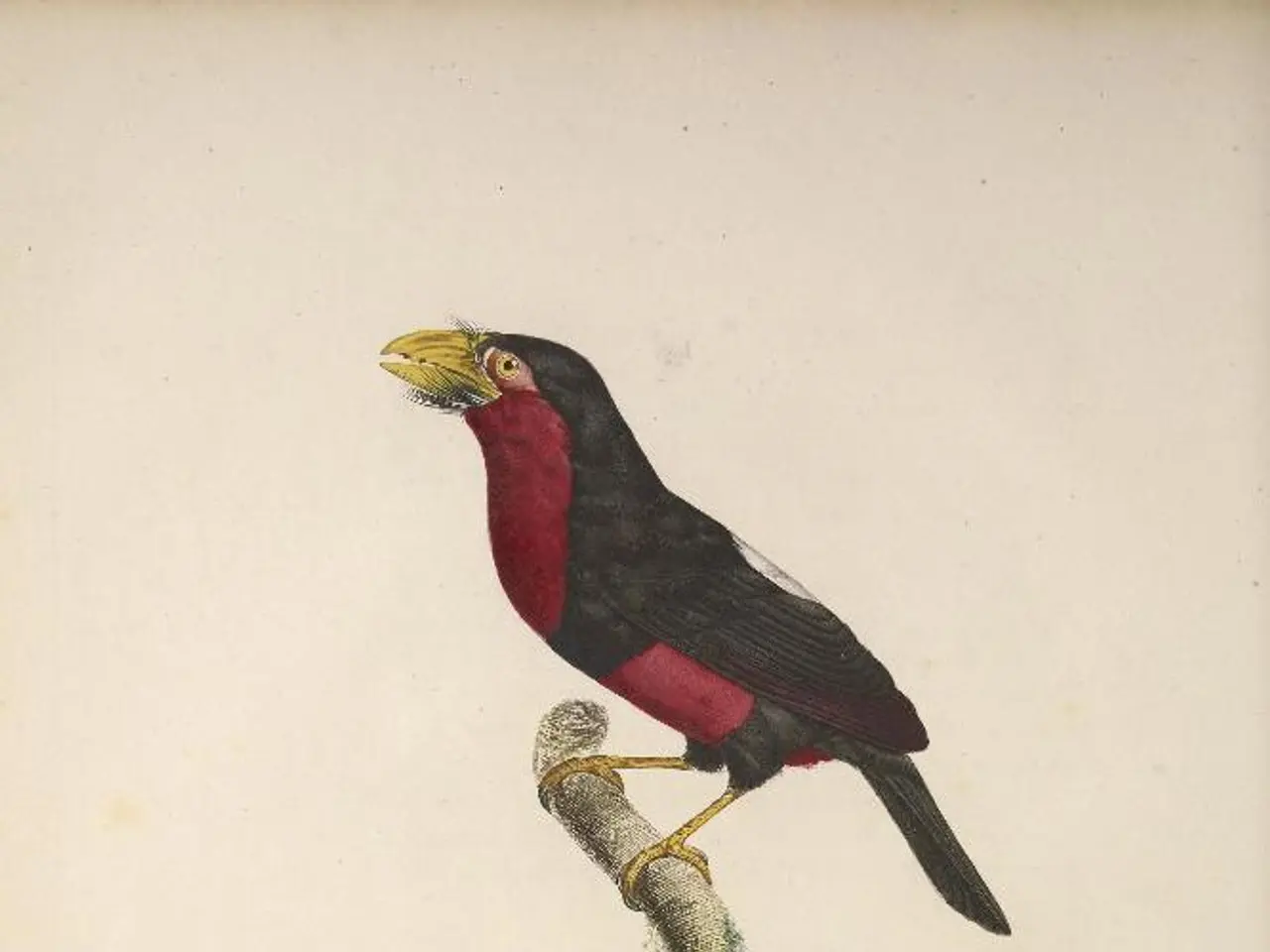Uncovering 7 Strategies to Document and Marvel at Nature through Field Journals
A field journal is more than just a notebook; it's a powerful tool for deepening your connection with nature, enhancing your observation skills, and contributing meaningful data to science. Here are some best practices for setting up and using a field journal for nature observations.
Essential Equipment
Start with a simple, unlined notebook and pencil as basic tools to record observations, sketches, and notes. You can enhance your journal with watercolor or colored pencils if desired.
Recording Key Data Details
Record key data details such as date, time, weather, location, temperature, and other environmental conditions. This context helps build a fuller picture of your observations and their conditions.
Observation and Sketching
Pay close attention and slow down to observe carefully; the practice is about enhancing powers of observation and wonder, not just recording facts. Draw and write observations creatively and playfully, combining rigorous science with personal reflection, questions, and insights.
Additional Tips
- Include questions and reflections in your journal to ponder or research later, deepening your engagement.
- Engage regularly to build skill over time; nature journaling is a lifetime practice that grows in depth and quality with consistent use.
- Contribute to citizen science by sharing observations to platforms like iNaturalist, supporting larger ecological studies and connecting your personal experience to scientific research.
- Use your curiosity and wonder as motivators—embrace the experience as a mindful practice that promotes mental well-being, reduces stress, and fosters creativity.
- Look for inspiration from experienced nature journalists like John Muir Laws and Claire Walker Leslie, who offer books and online resources to guide your journaling journey.
Creating a System
Organise and review your field journal entries by developing a consistent review schedule, comparing similar weather conditions from different dates, tracking the same locations across multiple visits, connecting behavioural observations between different species you've documented on the same days, documenting recurring timing for seasonal events, tracking weather correlations with animal behaviours, and mapping location-specific trends.
Documenting Nature
Record plant growth stages and seasonal changes, including budding dates, flowering periods, fruit development, first leaf emergence in spring, colour changes throughout autumn for deciduous species, seed dispersal methods and timing, and environmental factors affecting growth like drought stress or pest damage.
For wildlife behaviour documentation, track animal movement patterns, note feeding and social behaviours, and track seasonal activity changes.
Visual Aids
Simple line drawings often communicate more information than lengthy written descriptions alone. Mixed media paper handles watercolor pencils, markers, and regular pens without ghosting through pages.
Label key identifying features directly on sketches and add annotations and labels to sketches for future reference. Create visual species identification guides by taking reference photos for later study, documenting scale and context, creating personalized field guides tailored to your observation area, and combining photos with your sketches.
Preserving Specimens
Create pressed specimen references by placing fresh samples between absorbent paper and pressing under heavy books for 2-3 weeks until completely dry, labelling each specimen with collection date, location, and identifying characteristics before mounting in your journal.
Photography
Use photography to supplement written observations, capturing multiple angles of subjects, taking close-up shots of bark textures, leaf arrangements, and flower structures, documenting fleeting moments like bird behaviours or insect interactions, including familiar objects like coins, pencils, or your hand in photos to show true size relationships, and photographing the surrounding habitat to capture environmental context.
Journal Setup
A consistent header format should include essential details like the date, time, weather conditions, and location using GPS coordinates or landmark descriptions. A size of 5x8 inches for field journals provides ample writing space while remaining portable for hiking trails and outdoor adventures.
A durable waxed canvas cover (Tintris Field Notes Cover) is available for protecting 3.5 x 5.5 inch notebooks, featuring a secure YKK zipper, pen holder, and card slots. Journals with heavier paper weight (at least 70gsm) are recommended to prevent ink bleeding and support various writing tools.
Systematic observation protocols involve establishing a consistent scanning pattern and spending at least five minutes in complete silence before writing. Basic drawing techniques for nature include starting with simple geometric shapes, breaking down complex forms, and practicing contour drawing by following the edges of leaves and bark patterns.
With these practices, your field journal becomes a valuable companion on your nature exploration adventures, fostering a deeper understanding of the natural world and your place within it.
- To elevate your field journal experience, consider supplementing your unlined notebook and pencil with watercolor or colored pencils for enhanced visual appeal.
- Incorporate recipes, learning, and personal growth into your nature observations by setting aside time for journaling as part of your education-and-self-development goals.
- Fashion-and-beauty enthusiasts might find joy in choosing an aesthetically pleasing and durable cover for their field journal, such as the Tintris Field Notes Cover, to reflect their lifestyle.
- Food-and-drink connoisseurs can leverage their journaling skills to record their culinary adventures in the wild, experimenting with edible plants and foraging techniques they've learned from their observations.
- Home-and-garden lovers can use their field journal to document garden ideas inspired by the flora and fauna they've encountered on their nature explorations, incorporating these observations into their own backyard oasis.




